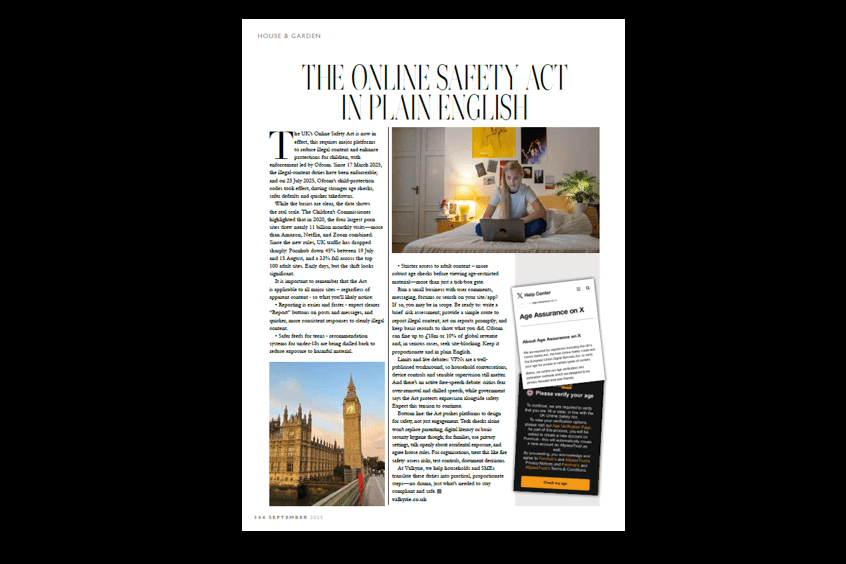Yesterday, I was on a surveillance task, which took me through several London boroughs and as it’s Friday, I thought I’d continue my passion for origins of names & history and write a post of the etymology of the various boroughs I went through while on task.
Parliamentary boroughs covering the Metropolitan area were created in 1832. The Metropolitan boroughs were created in 1900 by the London Govt Act 1899 which created 28 Metropolitan boroughs as sub-divisions of the County of London. In 1965 the County of London was abolished by the London Govt Act 1963 and replaced with the much larger Greater London. The 28 metropolitan boroughs were also abolished and merged to create 12 of the 32 larger London boroughs and are also known as Inner London boroughs.
Many of the borough names are derived from Anglo-Saxon and Old English languages. Some of the boroughs, such as Camden, Haringey, Richmond, and Merton, are named after people. Here are the boroughs I went through yesterday:
- Lambeth: derived from the Old English lambhythe, which means “place where the lambs landed”
- Croydon: which has Anglo-Saxon origins as “valley of the crocus flower”
- Barnet: the word is derived from baernet, meaning land cleared by burning. Dave thinks it’s rather amusing that I am originally from Barnet, and I have no hair – linking to the rhyming slang for hair – Barnet Fair!
- Westminster: comes from the abbey church of St. Peter’s (more popularly known as Westminster Abbey) and was used to differentiate it from Holy Trinity Priory in Aldgate, also known as “East Minster”, with St. Peter’s being in the west of the city and Holy Trinity in the east
- Enfield: First recording was as Enefelde in the Domesday Book and could either be Anglo-Saxon for “land of a man named Eana” or “where lambs are reared”, considering “ēan” was the word for lamb
- Redbridge: comes from a bridge constructed of red brick over the River Roding during the 17th century. Its colour set it apart since other bridges in the area were built of white stone. The bridge was demolished in 1921, but the name remained
- Greenwich: the name originated from Saxon settlers who named it Grenewic, or green port
- Lewisham: Lewisham was founded by a Germanic person named Leof who burned his boat on arriving there, intent to settle the land. Some records indicate that the original name was Leofshema and the Saxon name for the area was Levesham or house among the meadows
The oldest London borough is Kingston upon Thames, the largest (by size) is Bromley and the smallest is Kensington & Chelsea.
Have a great weekend!













